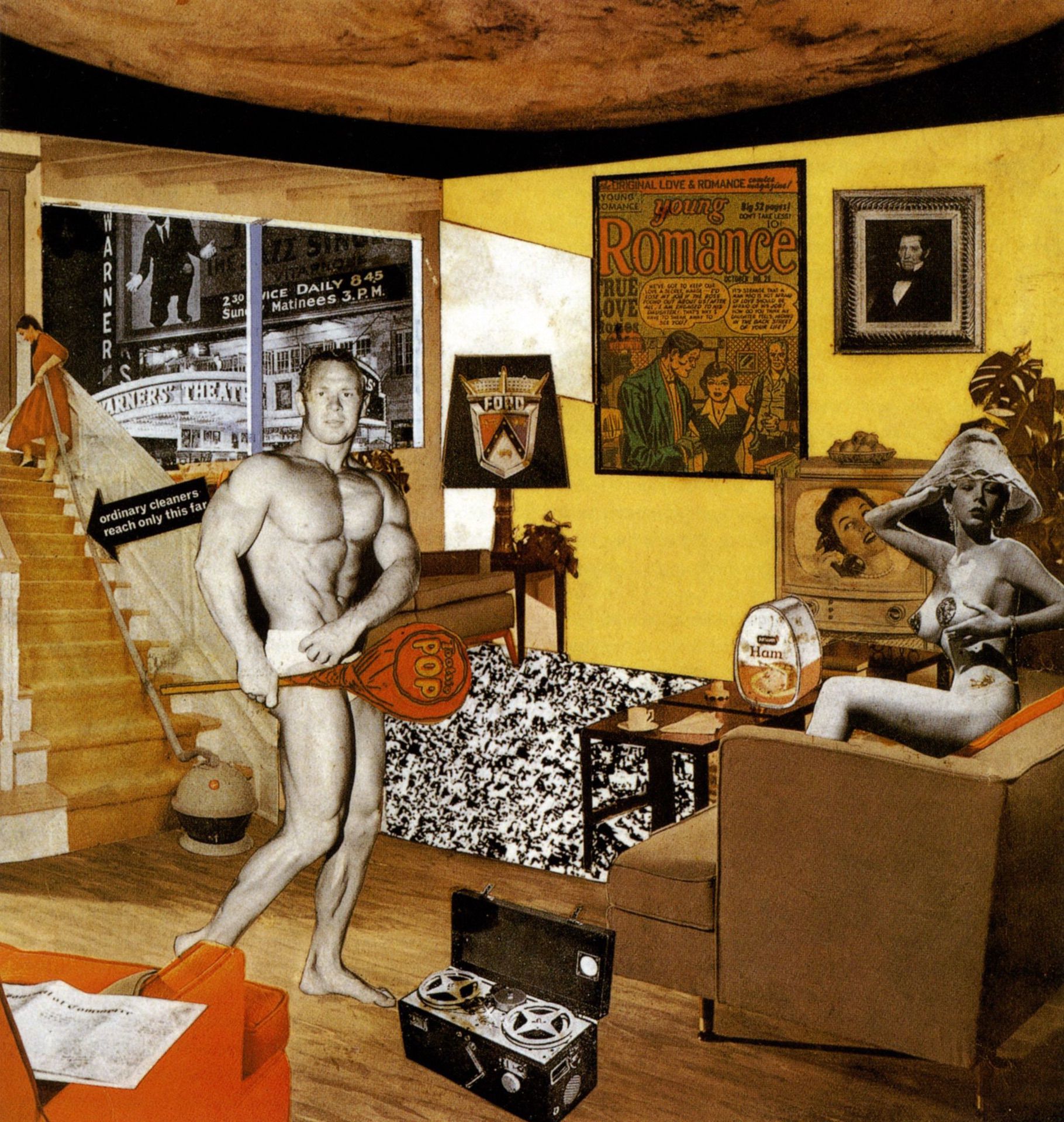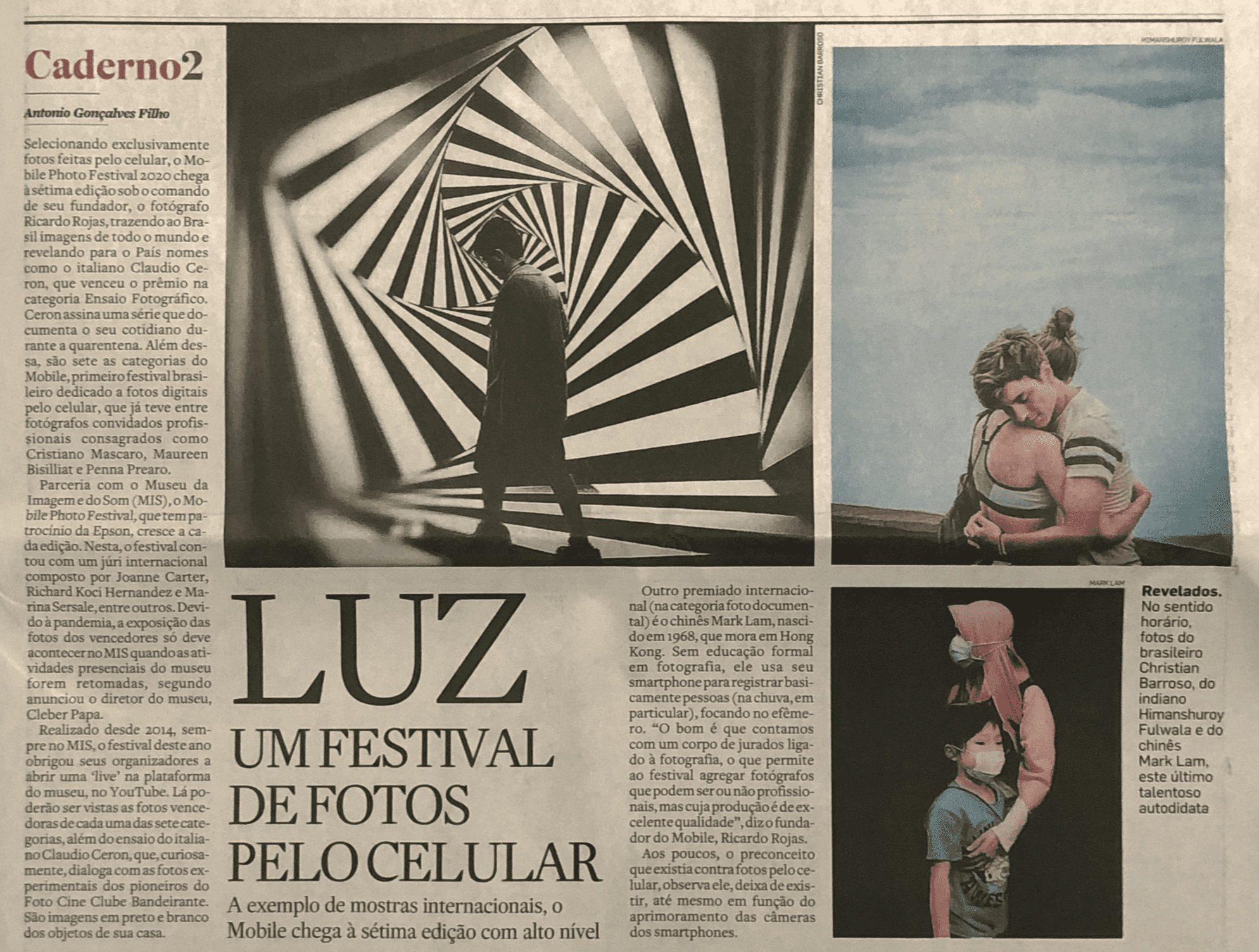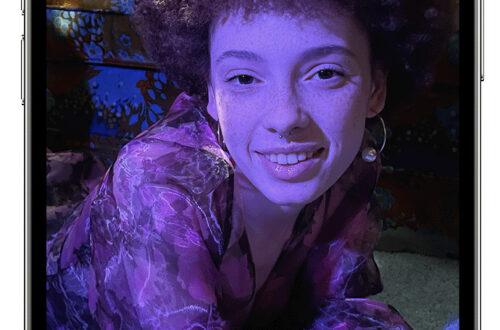
Opinion – Mobile Art – The Sign of Now
We are delighted to publish this article by accomplished mobile artist Fatma Korkut today. Korkut gives an interesting history into what makes mobile art, the sign of now. Enjoy!
The reason of the existence of art that is coeval with humanity has not been the same in all ages. Art which is a human-specific action establishes intensive connections with life intrinsically. It is new, infinite and diverse, both in content and form.
The desire of people to reflect nature has pioneered the creation of art. Although the first works of art were objects or animals drawn on the cave walls, art didn’t stay there, it maintained its development with people and development of art has always been in parallel with technology. What we call art history is also the history of humanity.
The first thing that comes to mind when it comes to technology is today’s technological inventions; however, it is wrong to limit the concept of “technology” to this because the word ‘technology’ exists in every age that humanity exists. It has emerged in every period in order to facilitate life and meet the needs of people.
The first technology that emerged with the existence of humanity is “hand technology”. In the following periods, with the Renaissance, materials such as canvas, paint, tube and brush appeared and it is well-known that all these materials are still up to date. Thus, an art movement’s or a group’s losing its popularity ends neither the importance of the technique the painters use nor the art itself.
Throughout this time period until the nineteenth century, painters had different understanding in the history of painting. They drew what they knew instead of drawing what they saw, which inevitably caused the formation of a traditional structure and led artists to start repeating the things having been created by artists from earlier generations. Although this behavior has been called as “tradition” by many people, the reality has always been ignored.
The emergence of the camera in this century can be considered as a break in the history of art. Photography is a phenomenon in which the visible, not the known, is embodied, and as it is, it started a brand new era which demonstrated most of the things having been known about visible things by the nineteenth century were erroneous.
The artists of the period expressed their desires, such as capturing the moment, imagining the light and the reflections. Accordingly, the basic rules of imitating the nature exactly the same and the understanding of traditional academic painting were questioned and new opinions, new thoughts and ideas emerged as a revolt against these rules.
Colours such as black, white and brown were put aside and prismatic colors were started to be used. The traditional vision sense was destroyed and livelier, more lightened pictured nature in accordance with the optic laws was created, and the illusions created in the light of workshops were left aside. While these were going on in the modern period, pop art which first appeared in London was accepted as the beginning of the transition to the postmodern period. It was born with the interaction of the photographic image. 1950 and the following years were a period when the consumption rates increased rapidly in the USA and during that period the mass media gained dominance with the help of improved technology.
The first work about this issue was “What makes today’s homes so different and so appealing?” by Richard Hamilton. The collage technique he used in his work of art in 1956 is also the technique which is used by contemporary mobile artists. In the abovementioned work, Hamilton expressed his impressions of the technological improvements. Smart phones not only enabled and simplified the way to make changes on photos but also facilitated and diversified collage which is one of the fundamental elements of the modern art. The usage of collage technique had been popular since cubist artists used it; nevertheless, collage technique made a breakthrough with pop art. In fact, half-surrealist Marcel Duchamp foresaw that art could be performed almost anywhere by using anything in 1920’s.
After Duchamp, the phenomenon of skill in art lost its importance and many forms of art movements and expressions have emerged so far. Land art, conceptual art, video art, poor art, performance, Fluxus and so on…. All these art movements are related to our subject closely, but one of them: Fluxus means continuation. The word Fluxus expresses the continuity, change in human life and it is a defiant against stagnation. Correspondingly, constantly changing universe and art are not completed; on the contrary, both of them always evolve and change. Fluxus refers to the flow of life bringing creation and extinction – in the grand scheme of things: temporary – into the forefront. This understanding is an extension of radical left political beliefs of Gustav Metzger’s who escaped from Hitler and took refuge in England. In other words, the destiny of this understanding was born as a reaction against an era defined by atomic bombs and deadly technology. Metzger used nylon instead of canvas and acid instead of paint in his works.
Acid brushing the nylon dissolved the nylon and the artwork was destroyed by its creator. So, the act of creating and destroying took place simultaneously. For Fluxus, art becomes revolutionary only when it is devastating. A Fluxus movement is definitely not predetermined, it places great emphasis on randomness during the creation phase. Due to these features it has great similarities with contemporary mobile art. One mobile art motto is “art is life” and engages with society directly. Just as with Fluxus artists, social concerns take precedence over aesthetic thoughts in mobile artists. Mobile art shared with groups of people undergoes deconstruction, change, sharing, interpretation, and ownership. It is an art in motion. It is democratic since it interests particularly all geographies and all social classes. It takes the advantage of all the possibilities that technology offers us. It is full of surprise. Last but not least, it is coincidental.
Just as Marcel Duchamp foresaw at the beginning of the century, a mobile artist is able to make art anywhere by using anything. It is actually the sign of NOW. As I mentioned before, an art movement’s or an art group’s losing its popularity ends neither the technique the artists used nor the ART itself. Art has always been in our lives since the early ages and it will maintain its existence by showing parallelism with technology and technological developments.
Please read
TheAppWhisperer has always had a dual mission: to promote the most talented mobile artists of the day and to support ambitious, inquisitive viewers the world over. As the years passTheAppWhisperer has gained readers and viewers and found new venues for that exchange.
All this work thrives with the support of our community.
Please consider making a donation to TheAppWhisperer as this New Year commences because your support helps protect our independence and it means we can keep delivering the promotion of mobile artists that’s open for everyone around the world. Every contribution, however big or small, is so valuable for our future.



